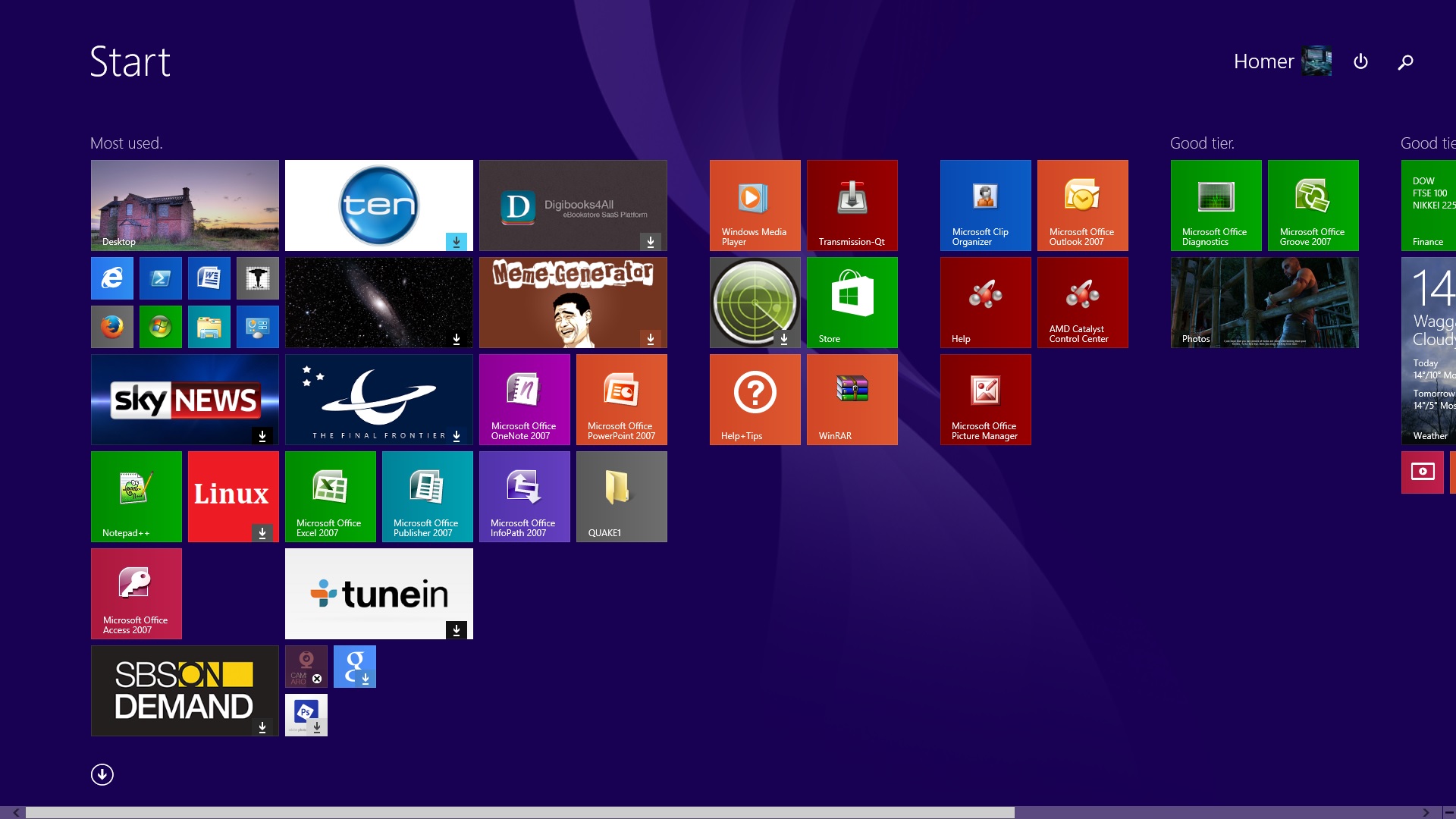The Art of Screenwriting: Crafting Compelling Stories for the Big Screen Introduction Screenwriting is an art form that requires a unique set of skills. It's not just about writing a compelling story, but also about understanding the nuances of character development, pacing, and structure. A good screenwriter must be able to weave together complex plots and subplots, create believable dialogue, and breathe life into their characters. If you're interested in learning how to write for the big screen, a screenwriting course is a great place to start. What You'll Learn in a Screenwriting Course In a screenwriting course, you'll learn the fundamentals of storytelling and the specific techniques used in screenwriting. You'll learn about character development, dialogue, and plot structure. You'll also learn how to format your screenplay, so it's industry-standard and how to write a logline and synopsis that will get your script noticed by producers and agents...



